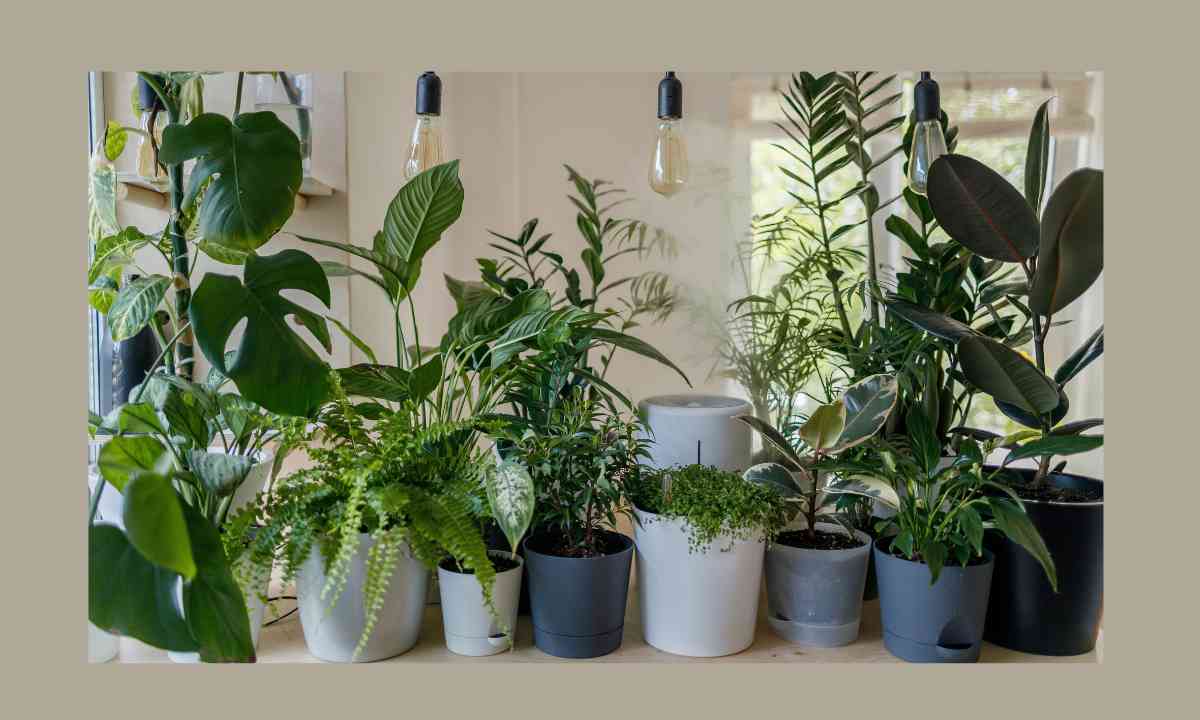Plants have recently been discovered to emit ultrasonic noises and distress signals when they are in need of water or experiencing stress. These calls, although beyond the range of human hearing, have been observed in various plant species like tomato, tobacco, wheat, corn, and cactus, resembling the popping sounds similar to bubble wrap. The intensity of these noises amplifies under adverse conditions.
While humans cannot perceive these sounds, they are comparable in volume to normal human conversation and likely detectable by insects, mammals, and potentially even other plants. Professor Lilach Hadany from Tel Aviv University's School of Plant Sciences and Food Security suggests that the natural world is a cacophony of plant sounds carrying valuable information about factors such as water scarcity or injury. It is believed that nearby creatures like bats, rodents, insects, and possibly other plants can detect and derive meaningful information from these high-frequency sounds.
The concept of plants emitting sounds has sparked debate, with some studies suggesting that plants emit "screams" when cut or uprooted. Previous research using vibration detectors has captured pulses emanating from plants, but it remained uncertain whether these vibrations translated into audible soundwaves. To delve into this further, researchers placed plants in an acoustic chamber situated in a quiet and isolated basement, devoid of background noise. Ultrasonic microphones capable of recording sounds ranging from 20 to 250 kilohertz were positioned around four inches away from each plant, surpassing the upper-frequency limit detectable by the human ear (around 16 kilohertz).
_1684838316.png)
The plants underwent various treatments, including withholding water for five days and cutting their stems, while a control group remained untouched. The recordings unveiled that stressed plants, both dehydrated and injured, emitted multiple sounds per hour within the 40 to the 80-kilohertz frequency range. In contrast, unstressed plants produced less than one sound per hour, on average. Notably, the noises emitted by water-stressed plants were detectable even before visible signs of dehydration, enabling the identification of plant species and the type of stress they were experiencing. Distinct patterns of clicks were observed between a dehydrated tomato plant and a dehydrated cactus, while content plants remained predominantly silent.
The researchers are optimistic about the future potential of monitoring plant well-being by analyzing their sound patterns. They propose the integration of sound recordings into agricultural irrigation systems to effectively monitor crop hydration and optimize water distribution. Co-senior author Yossi Yovel, a neuro-ecologist at Tel Aviv University, highlights the significant possibilities that arise from the discovery of plant sounds, including avenues for communication, eavesdropping, and leveraging these sounds for various purposes.
_1684838466.png)
Although the exact mechanism behind these plant-generated sounds remains unclear, the researchers hypothesize that the popping noises may stem from cavitation, a process involving the formation and bursting of air bubbles within the plant's vascular system.
Additionally, the researchers propose that other plants may also perceive and benefit from these sounds. Previous studies have demonstrated that plants increase the sugar concentration in their nectar when they "hear" sounds produced by pollinators. This suggests the possibility that other organisms have evolved to detect and respond to these plant sounds, potentially utilizing them to guide their behaviours, such as moths laying eggs on plants or animals determining their food sources. This groundbreaking study, shedding light on the previously unknown realm of plant acoustics, was published in the journal Cell.
© Copyright 2023. All Rights Reserved Powered by Vygr Media.
























